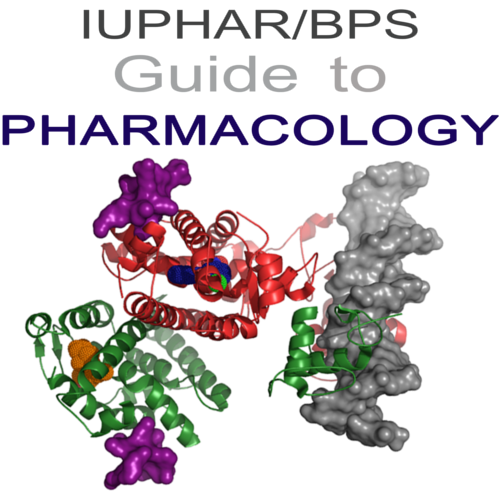Sphingosine 1-phosphate turnover in GtoPdb v.2023.1
Abstract
S1P (sphingosine 1-phosphate) is a bioactive lipid which, after release from cells via certain transporters, acts as a ligand for a family of five S1P-specific G protein-coupled receptors (S1P1-5). However, it also has a number of intracellular targets. S1P is formed by the ATP-dependent phosphorylation of sphingosine, catalysed by two isoforms of sphingosine kinase (EC 2.7.1.91). It can be dephosphorylated back to sphingosine by sphingosine 1-phosphate phosphatase (EC 3.1.3) or cleaved into phosphoethanolamine and hexadecenal by sphingosine 1-phosphate lyase (EC 4.1.2.27). Recessive mutations in the S1P lyase (SPL) gene underlie a recently identified sphingolipidosis: SPL Insufficiency Syndrome (SPLIS). In general, S1P promotes cell survival, proliferation, migration, adhesion and inhibition of apoptosis. Intracellular S1P affects epigenetic regulation, endosomal processing, mitochondrial function and cell proliferation/senescence. S1P has myriad physiological functions, including vascular development, lymphocyte trafficking and neurogenesis. However, S1P is also involved in a number of diseases such as cancer, inflammation and fibrosis. Therefore, its GPCRs and enzymes of synthesis and degradation are a major focus for drug discovery.

This work is licensed under a Creative Commons Attribution-ShareAlike 4.0 International License.










